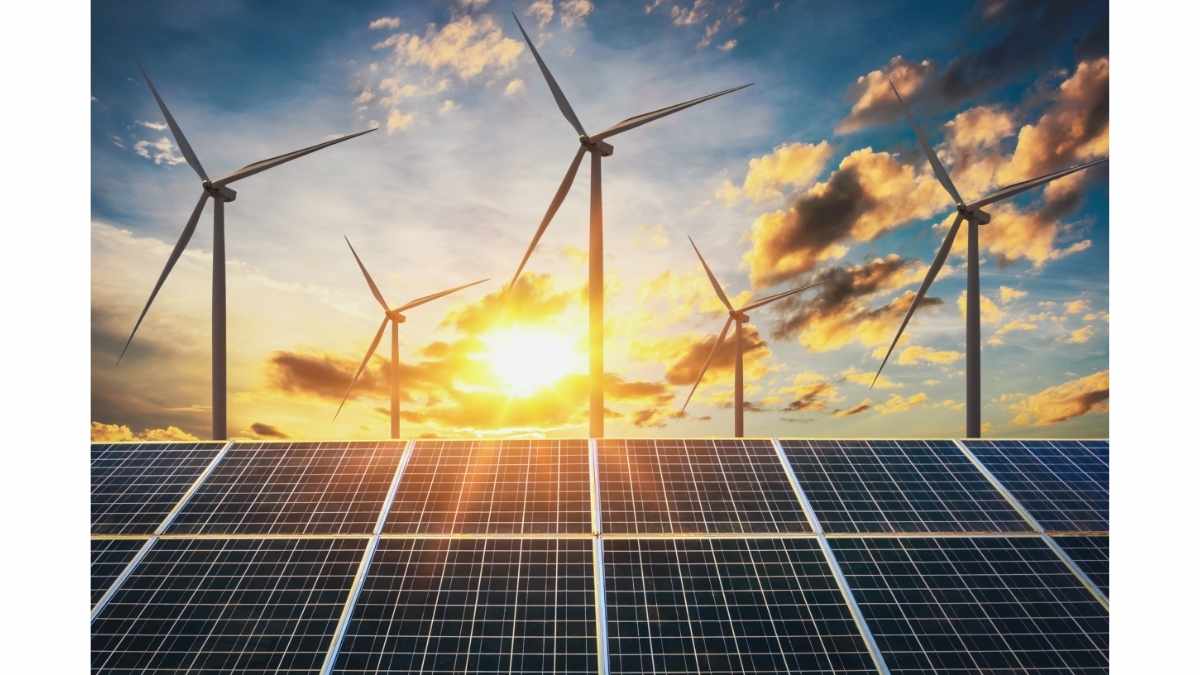International. Clean energy spending earmarked by governments in response to the Covid-19 crisis has increased by 50% in the past five months and now exceeds US$710 billion worldwide, although there are worrying imbalances between regions, according to the latest update of the International Energy Agency's Sustainable Recovery Tracker.
This unprecedented amount of enacted spending is more than 40% higher than the global green spending contained in the stimulus packages that governments enacted after the global financial crisis in 2008. Advanced economies account for the bulk of this effort, with more than $370 billion earmarked to be spent before the end of 2023, a level of short-term government spending that would help keep the door open for the IEA's global path to net zero emissions by 2050.
However, in emerging and developing economies, the total amount of fiscal resources devoted to sustainable recovery measures is one-tenth of the amount in advanced economies, reflecting their very different financial and economic circumstances. In emerging and developing economies, around $52 billion of sustainable recovery expenditures are planned by the end of 2023, well below what is needed on a path to net zero emissions by 2050.
The gap is unlikely to narrow anytime soon, as governments with already limited fiscal means now face the challenge of maintaining the affordability of food and fuel for their citizens amid rising commodity prices following Russia's invasion of Ukraine.
"Countries where clean energy is at the heart of recovery plans keep alive the possibility of reaching net zero emissions by 2050, but challenging financial and economic conditions have undermined public resources in much of the rest of the world," said Fatih Birol, the IEA's Executive Director. "International cooperation will be essential to change these trends of investment in clean energy, especially in emerging and developing economies where the need is greatest."
Even in advanced economies, some of the funds allocated run the risk of not reaching the market on time. Delays in creating government programs, continued supply chain disruptions, labor shortages, and financial uncertainty have clogged project portfolios. In addition, consumer-oriented measures, such as incentives for building modernisation and electric vehicles, struggle to reach a wider audience due to problems including bureaucracy and lack of information.
"Governments that can eliminate red tape and quickly establish effective programs will reap the benefits and position themselves in the new global energy economy that is emerging," Dr. Birol said. "While the latest update of the Sustainable Recovery Tracker points to promising signs in advanced economies, the world still needs to massively expand its clean energy implementation efforts throughout this decade, first and foremost in developing economies, if we are to preserve hope of limiting global temperature rise to 1.5°C."
Rising fossil fuel prices, which have been exacerbated by Russia's invasion of Ukraine, have pushed governments both to enact immediate measures to make energy more affordable and to explore efforts to reduce dependence on fossil fuels. The IEA's tracking shows that emergency affordability support by governments around the world for homes and businesses has reached around USD 270 billion since the start of the winter heating season in the Northern Hemisphere in 2021.
But many of the most effective measures to reduce demand for oil and gas– such as installing heat pumps and expanding the use of public transport, bike lanes and high-speed rail – have yet to receive the necessary level of government support to date. The IEA's recent 10-point plans on natural gas and oil highlight key areas where immediate action can be taken.
Source: IEA.



























Leave your comment